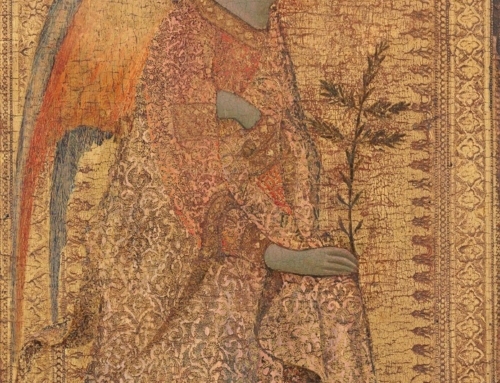It is easy to exchange convinced assertions: “The gospels are 100% God’s holy Word and every bit is historically accurate!” or “The gospels are fairy tales!” However there is a discipline called “Biblical scholarship” in which scholars do some very interesting work determining just which parts of the gospels they think are reliable and which they think are not. Their conclusions are, of course, debated. That’s what scholars do. Their work is fascinating, and continuing the discussion here of the historicity of the gospels it is worth taking some time to look at just a smidgen of their work and their methodology.
Bible scholars are most interested in trying to determine whether the original gospels record eyewitness accounts, and whether those original versions have been transmitted accurately. To do this scholars consider several factors. 1) authorship and date of composition, 2) intention and genre, 3) gospel sources and oral tradition, 4) textual criticism, 5) historical authenticity of specific sayings and narrative events.
One of the difficult aspects for modern people to understand is just what kind of document the gospels are. Everyone can admit that they are not written as purely historical documents, but neither are they simply fabulous fables, myths or fairy tales. In continuity with the Old Testament and consistent with their Jewish origins we have documents which are presented as history and have plenty of historically verifiable details, but which also have supernatural and otherworldly elements to them. Thus:
The genre of the gospels is essential in understanding the intentions of the authors regarding the historical value of the texts. New Testament scholar Graham Stanton states that “the gospels are now widely considered to be a sub-set of the broad ancient literary genre of biographies.” Charles H. Talbert agrees that the gospels should be grouped with the Graeco-Roman biographies, but adds that such biographies included an element of mythology, and that the synoptic gospels also included elements of mythology. E.P. Sanders states that “these Gospels were written with the intention of glorifying Jesus and are not strictly biographical in nature.” Ingrid Maisch and Anton Vögtle writing for Karl Rahner in his encylopedia of theological terms indicate that that the gospels were written primarily as theological, not historical items. Erasmo Leiva-Merikakis notes that “we must conclude, then, that the genre of the Gospel is not that of pure ‘history’; but neither is it that of myth, fairy tale, or legend. In fact, ‘gospel’ constitutes a genre all its own, a surprising novelty in the literature of the ancient world.”
Historians therefore allow for the fact that these are essentially historical documents with what they call “mythological” elements woven into them. Whether the miracles or “the mythological elements” happened as the gospels report is open to debate. Believers accept the possibility of the miraculous. Non-believers do not. In each case the bias will affect the conclusion, however it must be said that one who believes miracles are possible is immediately more open minded than one who rules that they are impossible. The believer is open therefore to more possibilities than the non-believer who rules miracles out entirely.
What many people miss, because of a secular or a scientific bias (or both), is that this sort of story is common to humanity everywhere. The supernatural or “mythological” is woven into the lives and stories of many individuals, families and cultures. Whether it is a near death experience or a paranormal experience of some kind or a more ordinary faith experience, people re-tell the remarkable things which have happened to them in ordinary life. Aunt Sally tells how she was healed at the summer camp revival meeting by Jesus Christ himself or Cousin Jimmy tells how he was miraculously preserved from falling headlong into a pot of acid by his guardian angel.
One does not have to accept the miraculous element of the story to acknowledge that Cousin Jimmy really did almost fall into a pot of acid, and that two workmates saw it happen at Florsheim Fertilizer Plant in Boondock Missouri on January 27 at 3:00 in the afternoon. One does not have to accept that Aunt Sally was miraculously healed by Jesus to accept that she really did go to the revival meeting led by Pastor Billy Bob at the Hosannah Camp Meeting in Houndstooth, North Carolina on August third and that she went in feeling sick and came out feeling better. In other words, it is reasonable to attempt to sift out what is verifiable and provable from a reported story which, by its nature, is subjective and perceived as supernatural and therefore not verifiable with ordinary means of enquiry.
This is what scholars quite sensibly do when confronted with the gospel accounts. The scholarship on the questions of authorship and date, sources and genre are a scholarly industry in themselves, but the topic for this post is the various tools used to help determine whether particular sayings or events from the recorded gospel accounts are authentic. There are different scholarly means used to analyze the text: Read more.



Leave A Comment
You must be logged in to post a comment.